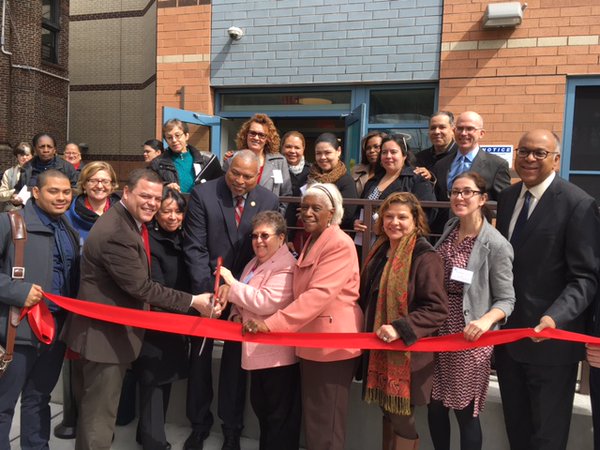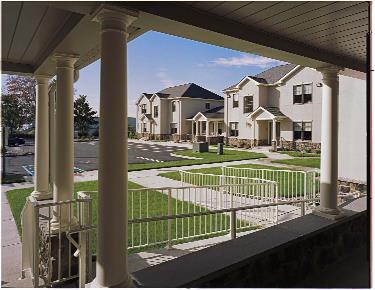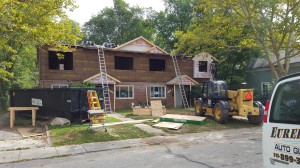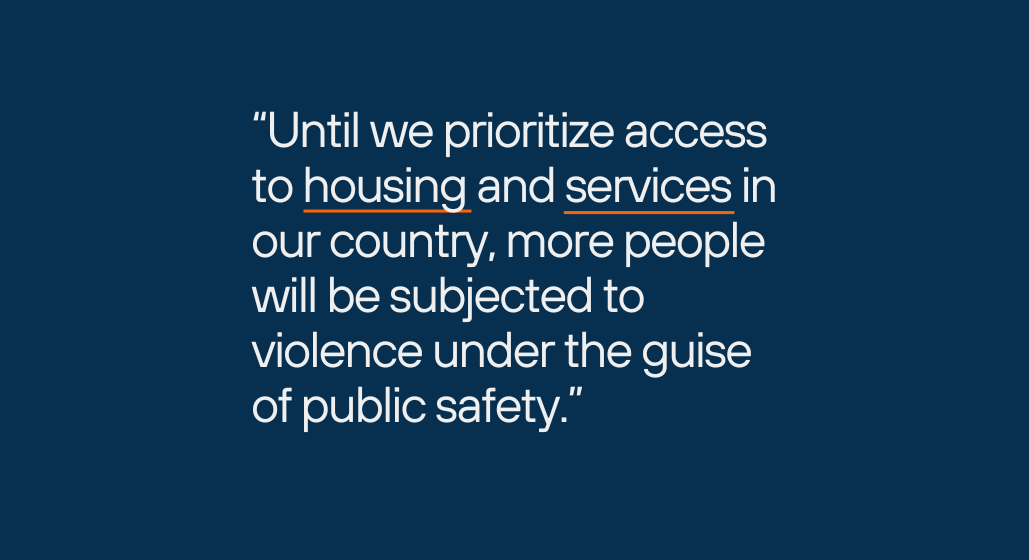As our leaders in Washington lay the groundwork for what could be sweeping changes to the U.S. tax code, one aspect particularly important to the creation of affordable housing is on the radar. The Housing Credit (or LIHTC), which plays a significant role in the development of affordable housing, should not only be preserved in any tax overhaul but expanded to encourage greater investment in decent homes for struggling Americans to live in, raise families, and secure their retirement years.
The Housing Credit is essential as we create more supportive housing (affordable rental units + support services for residents). In a report released last year, we noted that virtually every housing agency in the country fosters some form of supportive housing development through its Housing Credit programs.
The Housing Credit helps supportive housing serve several vulnerable groups within our society: veterans, the elderly, youth, the disabled, those leaving institutions and hospitals, and many more.
We have known for some time that the Housing Credit and supportive housing generate benefits that reach beyond those residents who live in the affordable housing that is built. Entire neighborhoods and communities improve, and people who never reside in the housing that is created receive extensive economic stimulus.
CSH, for example, has through our loans and grants provided close to $600 MM to finance supportive housing across the country. In many instances, the Housing Credit has added to this financing and enabled developments to move forward during crucial stages in construction. Just counting the benefits from our own funding, we know that over 100,000 jobs have been created and $40 billion has been injected into the national and local economies.
Now there is new evidence showing the Housing Credit and the developments it helps to spur have an even greater impact — revitalizing distressed neighborhoods and entire communities.
 In the 2016 study titled, Who Wants Affordable Housing in Their Backyard? An Equilibrium Analysis of Low-Income Property Development, authors Rebecca Diamond and Timothy McQuade estimate the effects of properties financed by the Housing Credit (LIHTC) on neighborhoods. They conclude development in lower-income neighborhoods, those with median incomes below $24,000, increases housing prices, lowers crime rates, and attracts more racially and economically diverse populations.
In the 2016 study titled, Who Wants Affordable Housing in Their Backyard? An Equilibrium Analysis of Low-Income Property Development, authors Rebecca Diamond and Timothy McQuade estimate the effects of properties financed by the Housing Credit (LIHTC) on neighborhoods. They conclude development in lower-income neighborhoods, those with median incomes below $24,000, increases housing prices, lowers crime rates, and attracts more racially and economically diverse populations.
Another 2016 study, Low-Income Housing Development and Crime, by authors Matthew Freedman and Emily Owens, explores specifically the effect of such development on crime. The authors find that “low-income housing development, and the associated revitalization of neighborhoods, brings with it significant reductions in violent crime that are measurable at the county level.”
In addition, the facts are showing that development made possible through Housing Credits leads to increased housing values in declining and stable neighborhoods. The 2009 study, The effects of low income housing tax credit developments on neighborhoods, by Nathaniel Baum-Snow and Justin Marion, evaluates the impacts of LIHTC developments on the neighborhoods in which they are built. The authors find that affordable housing developments generate a positive effect in stable and declining neighborhoods as they lead to higher housing values.
For years, myths surrounding affordabl e, supportive housing have led to misconceptions about what happens when residences designed to accommodate those with lower incomes are constructed in established neighborhoods. More and more, however, the evidence is myth-busting those unfounded fears and showing us that the positives outweigh any potential negatives, especially when it comes to economic impact, property values and quality of life.
e, supportive housing have led to misconceptions about what happens when residences designed to accommodate those with lower incomes are constructed in established neighborhoods. More and more, however, the evidence is myth-busting those unfounded fears and showing us that the positives outweigh any potential negatives, especially when it comes to economic impact, property values and quality of life.
CSH and many of our partners have long recognized that affordable, supportive housing improves neighborhoods and communities, and that’s why we’ll be urging Congress to preserve and expand the Housing Credit.




